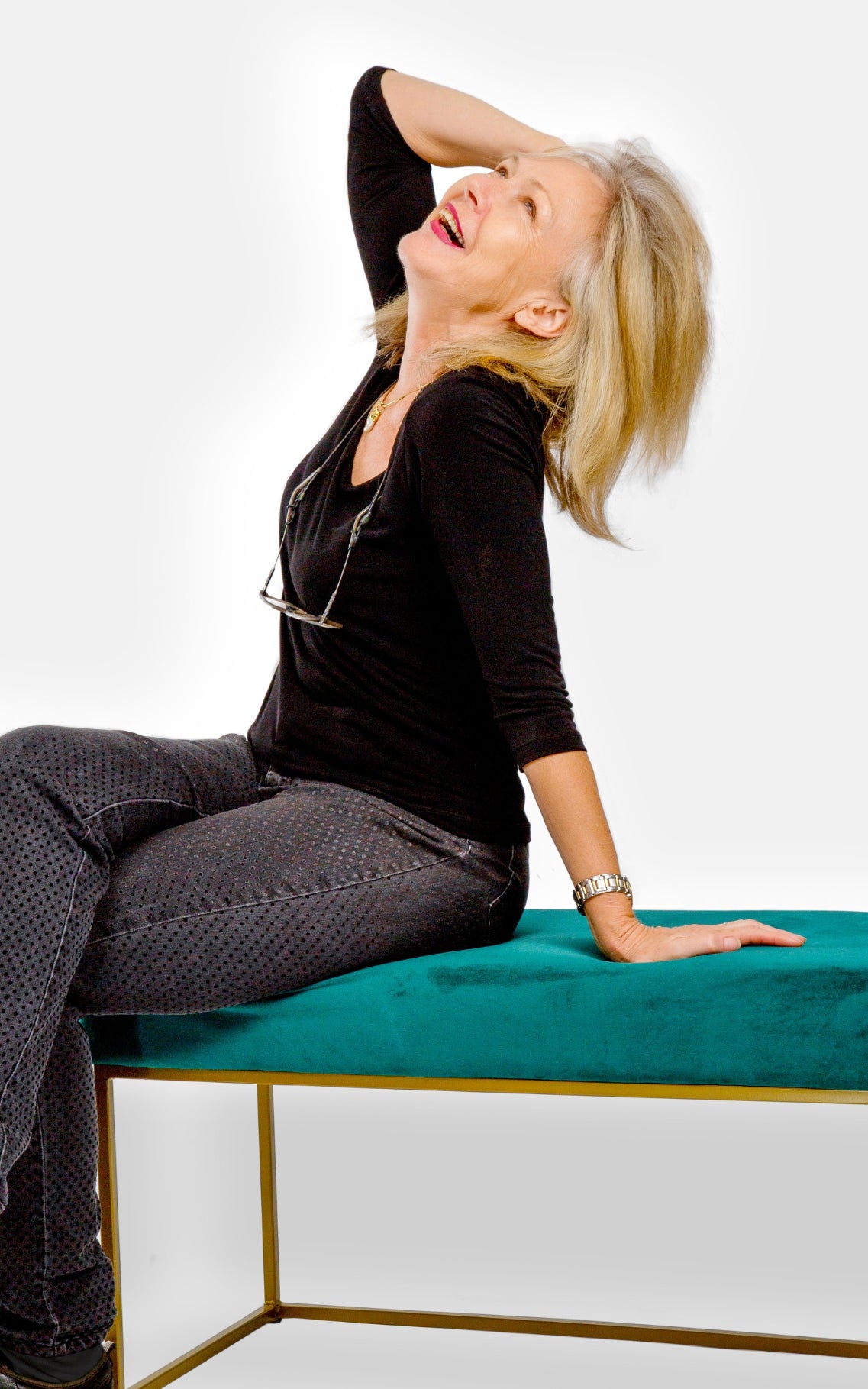
After 36 years in the fashion industry its time to say ‘Goodbye’ – time for me to retire.
During this time, I have been fortunate to meet many wonderful people, to glimpse into the lives of others as they explained what they needed our clothing to do for them. In a way I feel as if Ihave travelled with you to international conferences, walked along the Champs Elysee holding hands with a new love, been to weddings, christenings and funerals, attended graduations and black-tie balls. It’s been a privilege dressing you. Thank you.
As you know each garment carrying the Pia du Pradal label has been made entirely in-house by my Dream Team many of whom have been with me since the start. My staff have endeavored to produce quality garments which we hope will go on forever –perhaps even becoming heirloom pieces. Without Tony Alder, Deborah Fenwick, Hong Nguyen, Lynda Swan, Quy Du and Loan Tran my label would not have existed. For that and their kindness and love I will always be grateful.
As for me? I intend to go exploring... to see what’s out there. I know I will miss you and this crazy industry but it’s time for me to do other things.
